The history of Sardinia is much older than that of humans. The rocky and imposing cliffs in the heart of the Mediterranean are evidence of an ancient geological era, dating back to about seven million years ago. Long before the appearance of man on planet Earth.
Ph. Carolina Fragapane
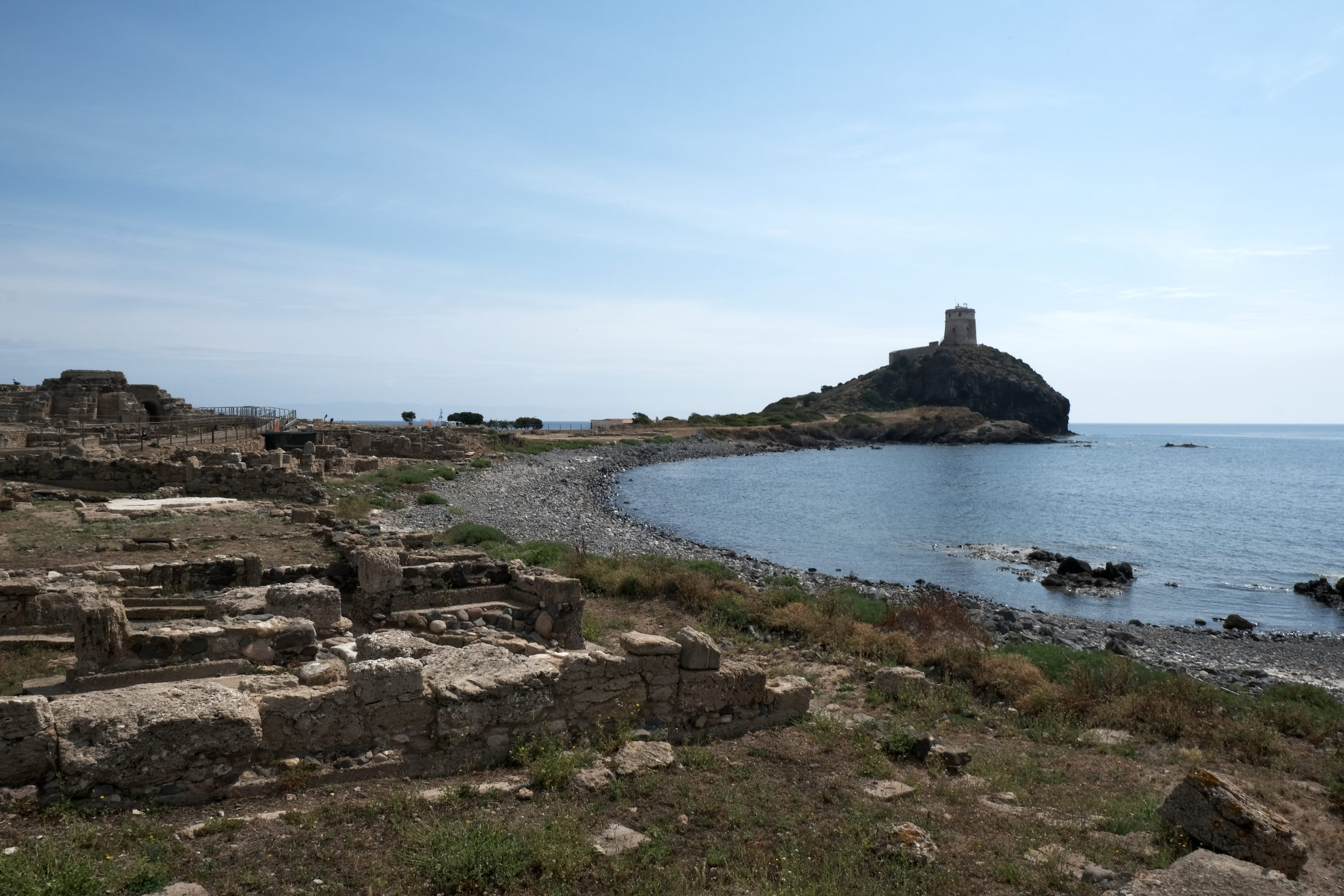
It is not surprising, therefore, that the first human settlements of this strip of the Mediterranean that takes the name of the Tyrrhenian Sea were born on this enchanted island.
Today we go together in the heart of one of them: the Gulf of Cagliari, about 30 kilometers west of the city. The archaeological complex of Nora is located in Pula, today a well-known tourist resort. We reach it by walking along the coast, while the undertow of the sea echoes sweet, breaking gently on the shoreline. From the Tower of Sant’Efisio, also known as del “Coltellazzo”, the Spaniards inspected the horizon. The ancient city of Nora is, in fact, dominated by this 16th century watchtower, commissioned by Philip II, King of Spain, for the protection of his dominions in Sardinia. Below it are the vestiges of the ancient inhabited center, which was first Phoenician and then Roman.
The ruins of the theater | Ph. Carolina Fragapane
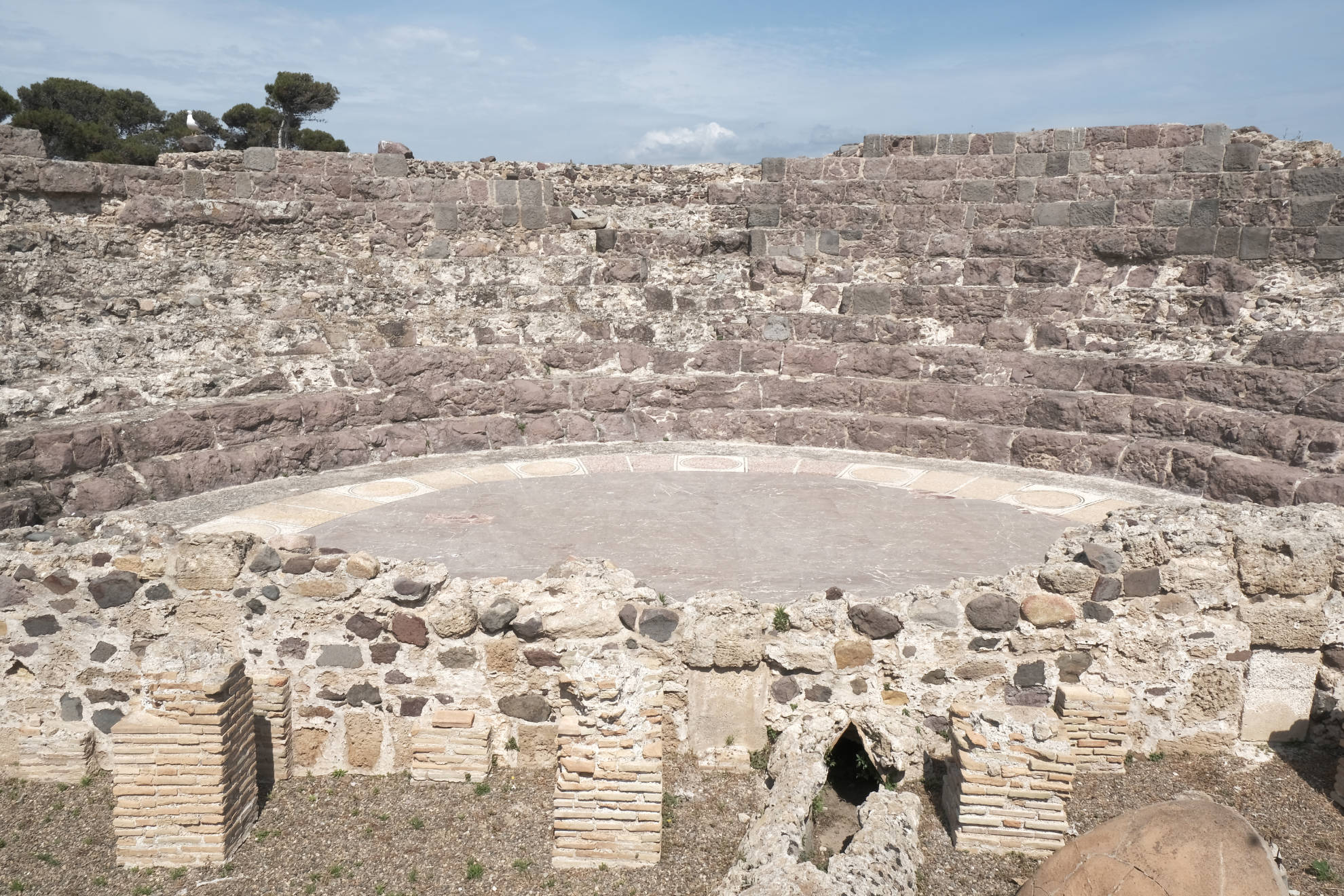
«After Aristeo, the Iberians moved to Sardinia under the guidance of Norace and founded the city of Nora, they say this was the first city of the island. Norace was the son of Hermes and Eritheia, daughter of Gerion»Pausanias, "Periegesis of Greece"
The roots of Nora date back to the Phoenician period, to the eighth century BC. The reasons for its development are essentially its privileged position for naval trade, lying as it is near the Gulf of Cagliari. A safe harbor protected from the winds for those who traded with the nearby lands of the West and with those more distant from the East.
After the Phoenicians came the Romans. In 238 BC, Nora became a possession of the empire of the Caesars and later, in the first century after Christ, it had the rank of municipium. Thus we arrive at its moment of maximum splendor: eight thousand people, a crucial commercial hub for the whole Mediterranean, an enchanting landscape in front of which you could relax for a few moments from the hectic life of the time.
Ph. Carolina Fragapane
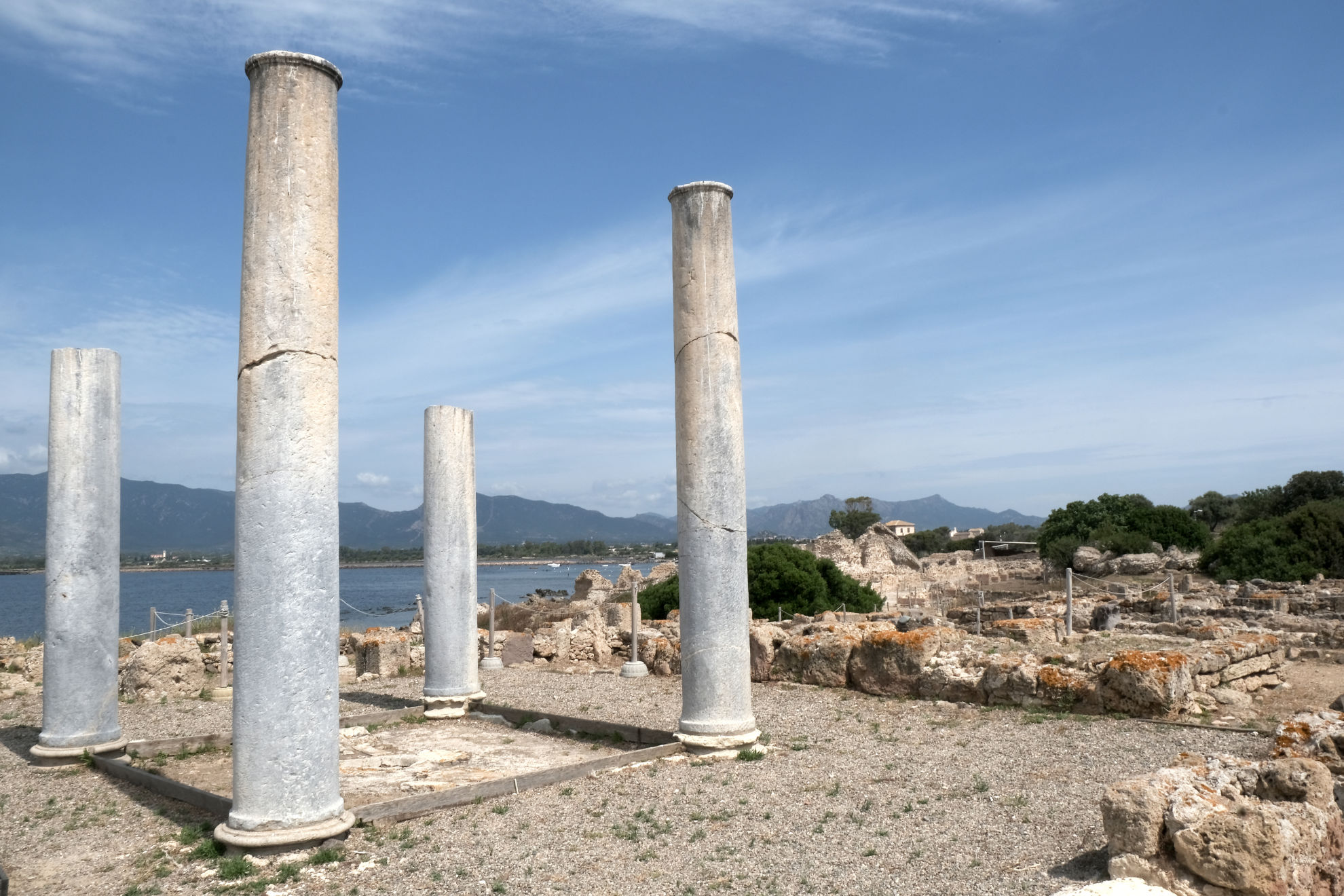
Today it is still possible to visit the structures that the Romans built in the city. Starting from the ancient theater and then the ancient thermal baths, of which traces of the basins and the colonnade remain evident. Testimony of the splendid Roman city are above all the floor mosaics, perfectly preserved despite the time. To enjoy them, you can go up to the Torre del Coltellazzo.
Nora is an incredibly evident stratification of very distant eras: the Phoenicians, the Punic period, the domination of the Roman Empire, the possessions of the king of Spain during the Renaissance. Not to mention, as we said, the millenary Sardinian rock on which the archaeological complex stands.
Ph. Carolina Fragapane
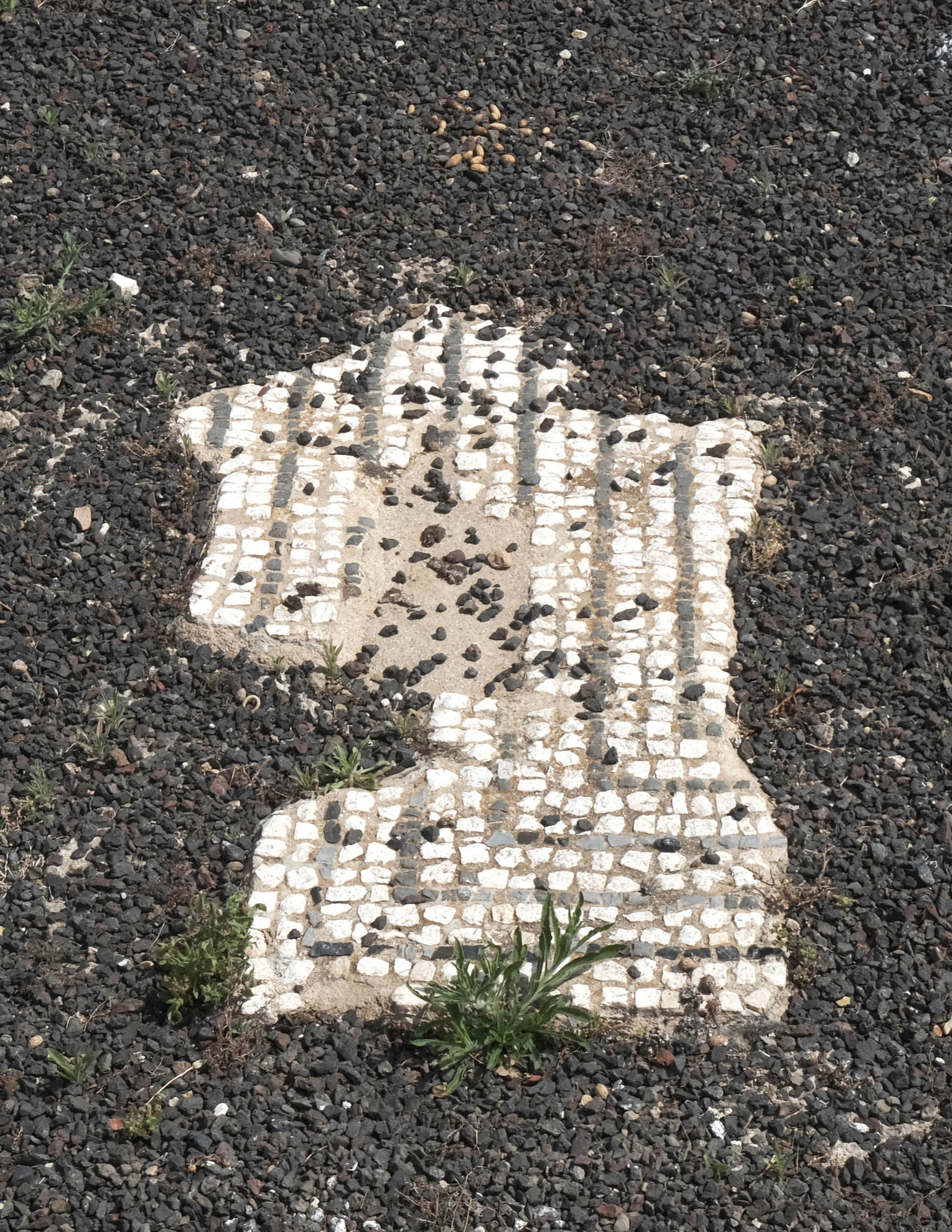
Ph. Carolina Fragapane
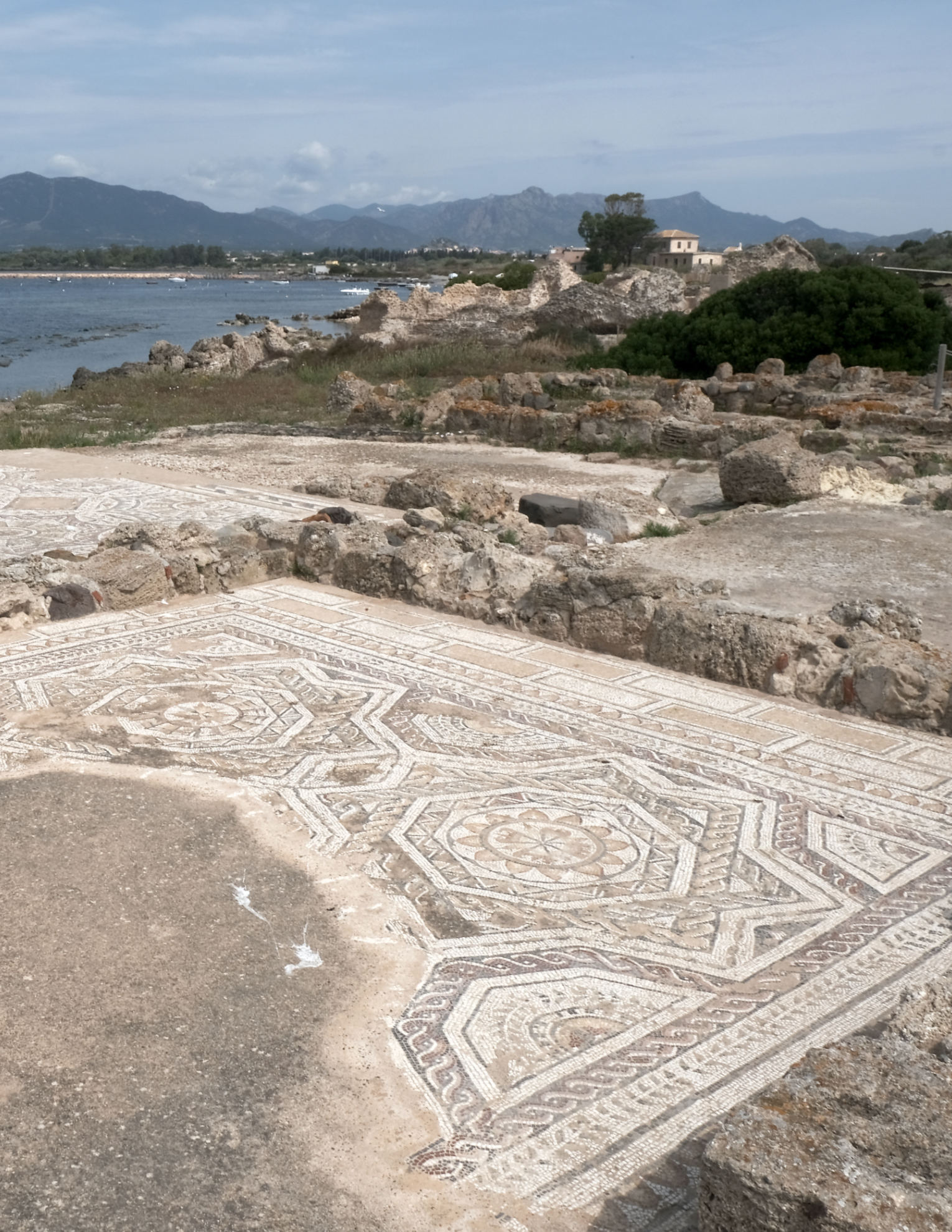
The mosaics alone are worth the trip to Nora. Houses, temples, thermal baths, theaters, public structures in general: any building in Nora had a mosaic floor, a sign of the elegant taste of the time. The motifs, mainly black, white and ocher, are mostly geometric. In the ancient city center, for example, we can visit the mosaic with stylized flowers and circular motifs. Not to mention the decorations in the House with the Tetrastilio Atrium, belonging to a Patrician family and also decorated with geometric motifs that divide the spaces.
Ph. Carolina Fragapane
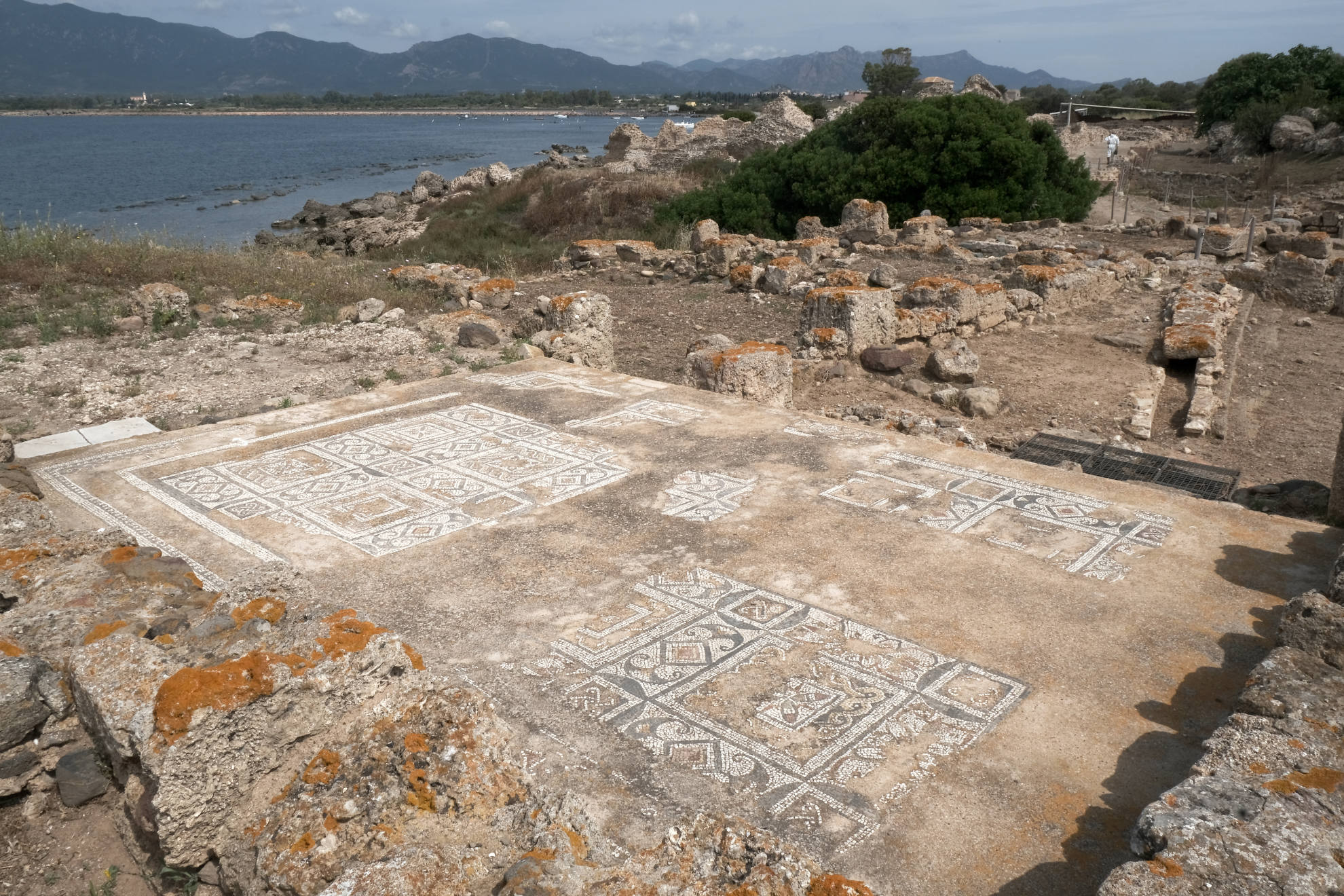
Nora is a jewel of the coast in the south of Sardinia. A trip to Nora is an immersion in the history and identity of this island. From its foundation, by the Iberians according to the legend, up to the Spanish domination of the 1500s and the archaeological charm of today.

